10 Different Types Of Twine (With Pictures)
-

- Last updated:

Twine sometimes referred to as string or thread, is a twisted or braided cord that can be used for a wide range of applications, from crafting and gardening to wrapping gifts and hanging decorations. It comes in a variety of styles in either natural or synthetic materials, each with its unique uses and advantages.
Are you in need of a sturdy and reliable twine for your craft or DIY project? If so, it is important to familiarize yourself with both natural and synthetic types of twine available to you.
Natural Fibers vs. Synthetic Fibres
When it comes to twine, natural fibers are often the most popular choice. These fibers are sourced from plants, and they provide a variety of advantages. Natural fibers are often biodegradable and renewable, so you can use them without having to worry about harming the environment. In addition, these fibers usually offer excellent strength with greater flexibility, making them great for many applications.
On the other hand, synthetic fibers are entirely artificial and come with their own unique benefits as well. Typically, they offer increased resistance against weathering, which makes them ideal for outdoor applications that require long-term strength and stability. Additionally, synthetic fibers tend to be less expensive than their natural counterparts, making them more budget-friendly. They also tend to be less prone to rot or mildew buildup than natural fibers, which helps keep your project looking pristine for longer.
The 10 Different Types of Twine
1. Jute Twine
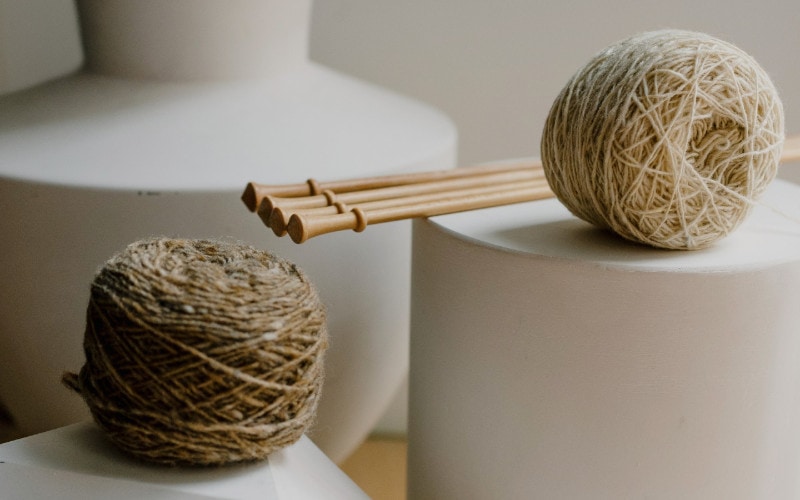
| Natural color | Brown but can be dyed |
| Material | Natural jute fiber |
| Ideal uses | Home décor, gardening |
This is one of the least expensive and most widely used plant fiber twines. Jute fiber is produced from the Tossa jute and White jute plants, which are mostly grown in Africa and Asia. After harvest, the fibers from the plants go through a process called retting, after which it’s processed into twine. It is strong yet relatively lightweight and flexible, which makes it suitable for many tasks such as gift wrapping and candle wicks. It is naturally brown in color but may be bleached or dyed in different colors.
- Relatively cheap
- Food safe
- Durable
- Variety of uses
- May lose strength or change color once wet
- Low drape properties
2. Cotton Twine

| Natural color | White but can be dyed |
| Material | Natural cotton fiber |
| Ideal uses | Perfect as a butcher’s or baker’s twine |
Another popular plant fiber used in twine is cotton. Harvested from cotton plants and processed into twine, it is known for its softness and absorbency, which makes it suitable for packaging foods or items that need to remain fresh or dry. However, its relative lack of strength makes cotton less suitable for projects that require more robust materials.
- Soft and breathable
- Food safe
- Oven safe
- Water absorbent
- Affordable
- Low strength
- Higher quality is expensive
3. Hemp Twine
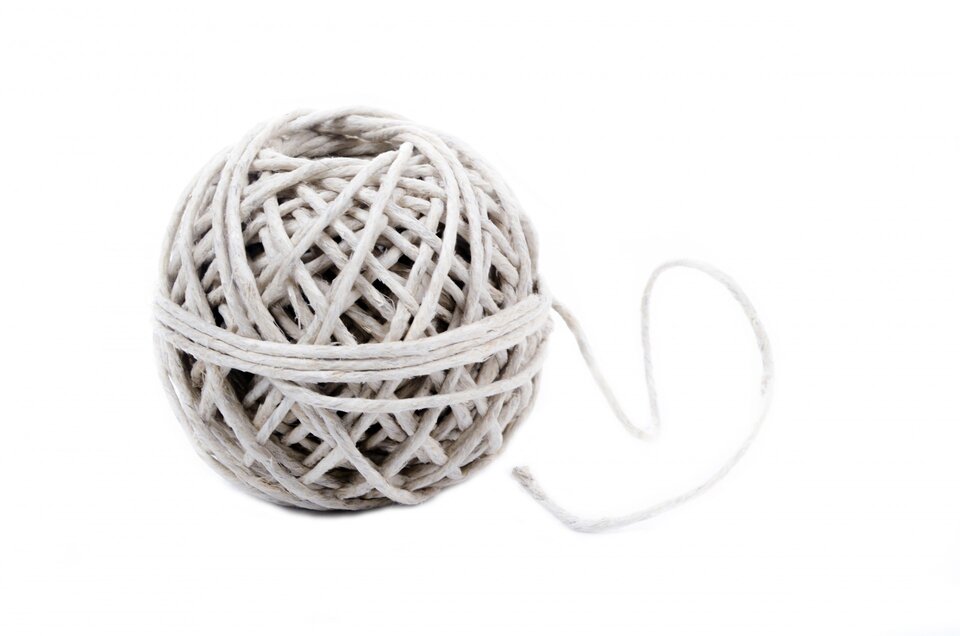
| Natural color | Beige and can be dyed |
| Material | Natural hemp fiber |
| Ideal uses | Packaging |
Made from the Cannabis plant, hemp is a durable fiber used in twine since ancient times. It offers an impressive level of tensile strength, as well as resistance to water damage and decay. Plus, hemp is also relatively lightweight and soft compared to other plant-based fibers, which makes it suitable for various uses.
- UV resistant
- Strong and durable
- Food safe
- Mold and mildew resistant
- Less affordable
4. Sisal Twine
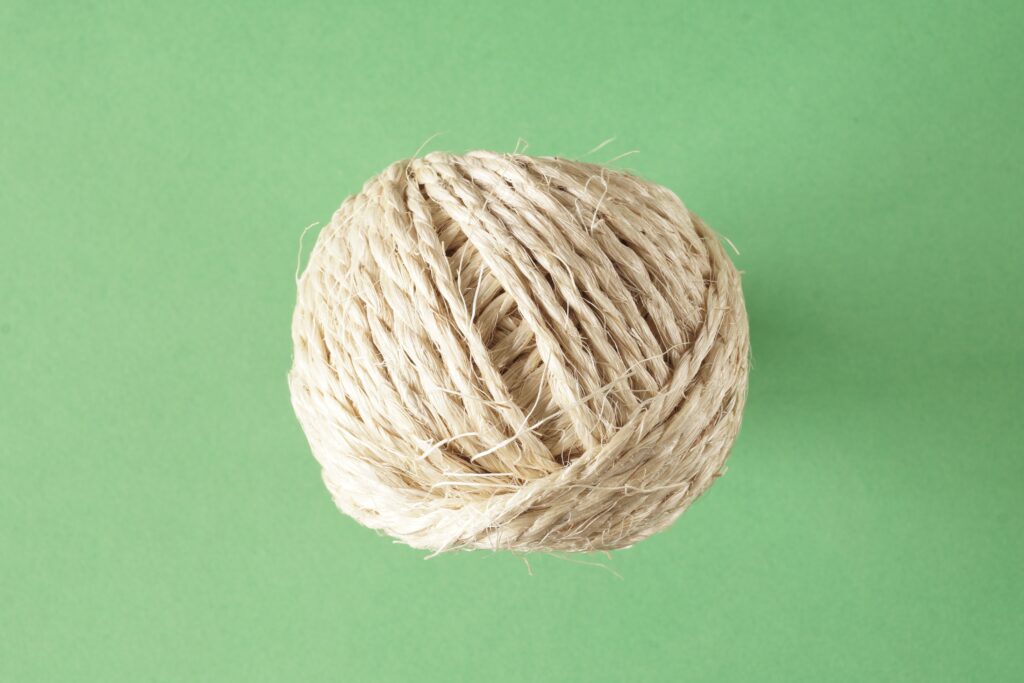
| Natural color | Pale tan or off-white and can be dyed |
| Material | Natural sisal fiber |
| Ideal uses | Gardening and packaging |
This is a coarse fiber derived from agave leaves, and it is quite resistant to rot and mildew. Because of this, sisal is often used for outdoor tasks such as tying up trellises, gardening stakes, DIY crafts, etc. Additionally, sisal is stiffer than some of the other natural fibers mentioned here, allowing for greater tension when tying knots.
- Strong and durable
- Resistant to rot and decay
- Resistant to UV light
- Relatively inexpensive
- Rough and stiff, making it difficult to work with in some applications
- Not as flexible as other natural fibers
- May weaken when exposed to moisture
- Prone to shedding
5. Flax Twine
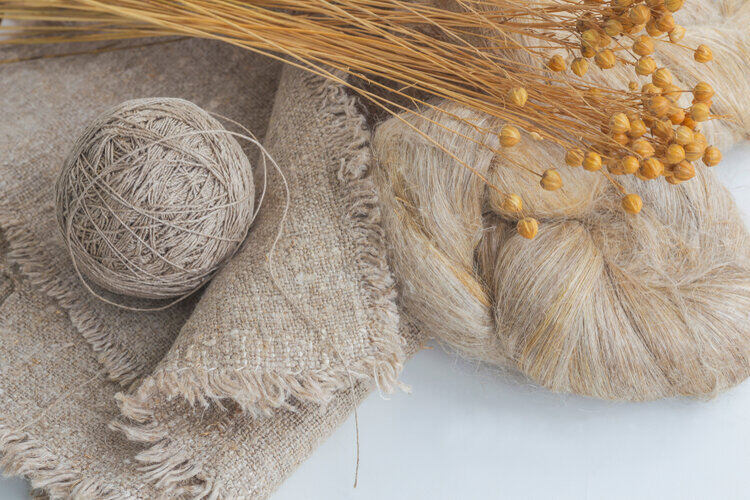
| Natural color | Yellowish-brown and can be dyed |
| Material | Natural flax fiber |
| Ideal uses | Packaging |
Flax is a vegetable fiber, also called linen, obtained from the flax plant. Its characteristics vary greatly depending on where it was grown and how it was processed. For instance, flax fibers from western Europe tend to be longer and finer than those produced in North America, while flax grown in India is typically coarser. Regarding usage, flax is mostly used for craft work due to its delicate appearance and flexibility. It’s also used in heavier twines like rope because of its strength, stiffness, and durability.
- Strong and durable
- Flexible and pliable
- Smooth texture
- Resistant to UV light and rot
- May weaken when exposed to water
- Prone to shedding
- It may not be as diverse in terms of colors and styles as some other natural fibers
6. Silk Twine
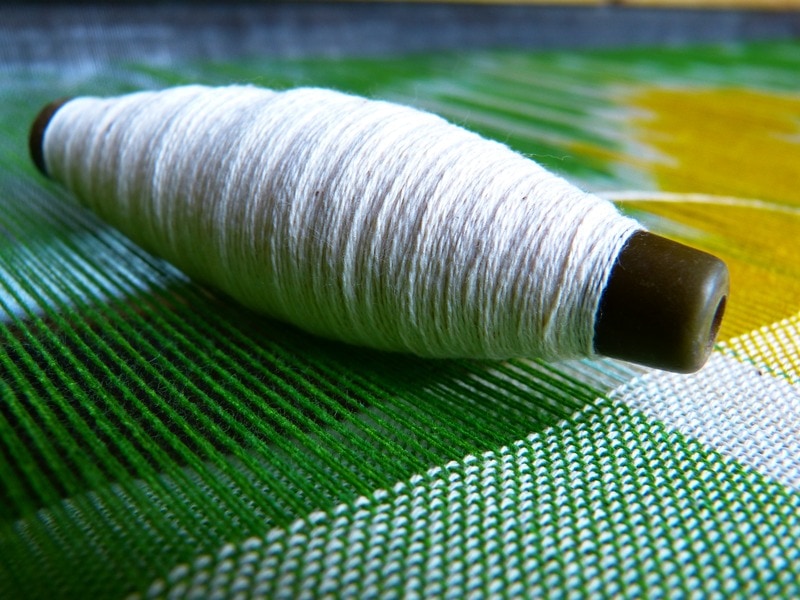
| Natural color | Light off-white or beige color |
| Material | Natural |
| Ideal uses | Packaging and DIY crafting |
Historically, silk has been used as a material for twine, especially during special occasions. Its strength and luxurious feel make it a popular choice for both formal and informal applications. Although not as common today, silk still remains a viable option for wrapping presents and creating decorative accents. A unique feature of silk twine is that it’s unaffected by extreme temperatures and moisture, meaning it will stay intact even when exposed to harsh weather conditions.
That being said, silk doesn’t possess the same tensile strength or knot retention capacity as some other fibers do, so it’s not ideal for heavy-duty purposes.
- Smooth
- Durable
- Strong despite its lightweight nature
- Long and non-abrasive plies
- Resistant to moths and mildew
- Not ideal for heavy tasks
- Weak when exposed to water
- Fades with time
- Inelastic
- Expensive
7. Nylon Twine
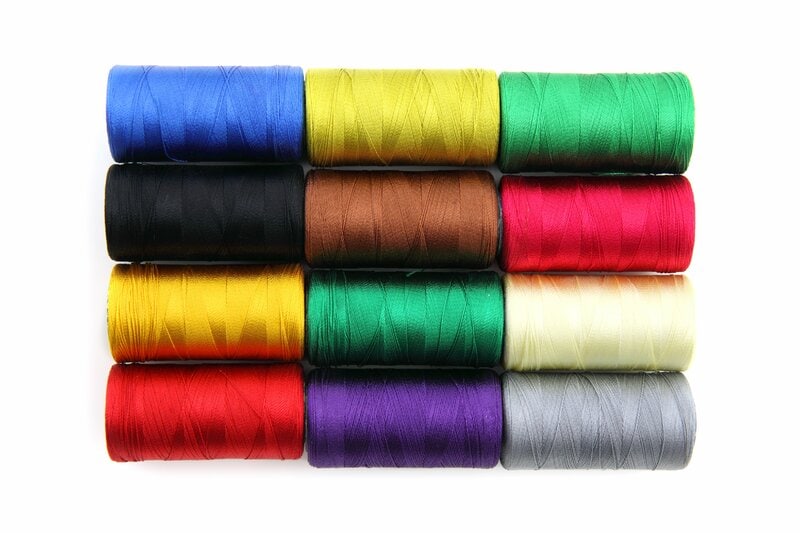
| Natural color | Available in various shades |
| Material | Synthetic nylon polymer |
| Ideal uses | Multipurpose |
Nylon twine is a type of cord made from nylon fibers, which is a synthetic polymer. It is a strong yet lightweight synthetic material known for its resistance to abrasion, chemical exposure, and high temperatures. This makes it suitable for applications where extreme conditions are expected such as outdoors. Nylon is also elastic, making it useful for securing heavy items that may expand or contract due to changing environmental factors.
- Strong and durable
- Resistant to rot and mildew, moisture, and abrasion
- Highly flexible
- Can be used in a variety of projects
- Can be difficult to cut
- Can be slippery
- Can fray easily
8. Polyester Twine
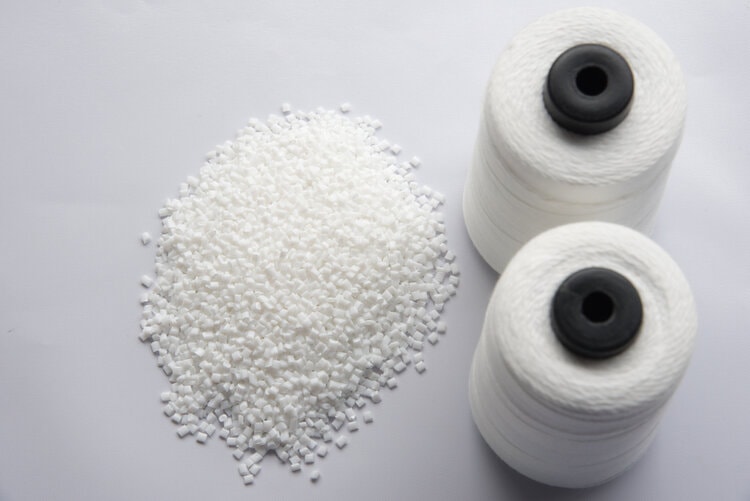
| Natural color | Available in various shades |
| Material | Synthetic polyester polymer |
| Ideal uses | Multipurpose |
Polyester is similar to nylon in terms of strength and elasticity. However, it tends to be slightly heavier. Polyester twine is often used for outdoor purposes due to its ability to resist moisture and fading from ultraviolet rays. It’s also a popular choice for mooring ropes on boats due to its good knot retention ability.
- Strong and highly durable
- Resistant to abrasion, moisture, mildew, and other environmental factors
- Lightweight and easy to use
- Variety of colors and sizes available
- Not as strong as other types of synthetic twine
- Can be difficult to unravel when it becomes tangled
9. Polypropylene Twine
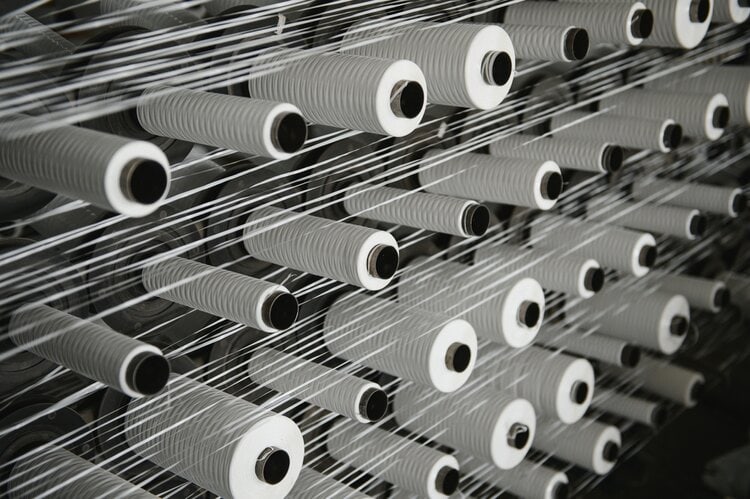
| Natural color | Available in various shades |
| Material | Synthetic polymer |
| Ideal uses | Multipurpose |
Polypropylene is one of the least expensive and most popular synthetic fibers out there. It is lightweight yet can handle loads of up to 20,000 pounds per square inch. Like nylon and polyester, it is resistant to chemicals and sunlight, making it a suitable option for tasks that involve the elements. It is also highly stretchable and, therefore, useful for binding items together. Lastly, it is water-repellent, giving it superior performance over many other fibers when exposed to moisture.
With all of these features combined, polypropylene is an ideal option for many applications, both indoors and outdoors. Whether you’re looking for something to hold your crafts together, tie around your garden, or secure something during transport, polypropylene could be just what you need.
- Relatively inexpensive
- Elastic, lightweight, and sturdy
- Strong and durable
- Resistant to abrasion, acids, and weather elements
- Floats on water
- Can’t be used in high temperature settings
- Low stretchability compared to other synthetic twines like nylon
10. Cotton/Polyester Twine
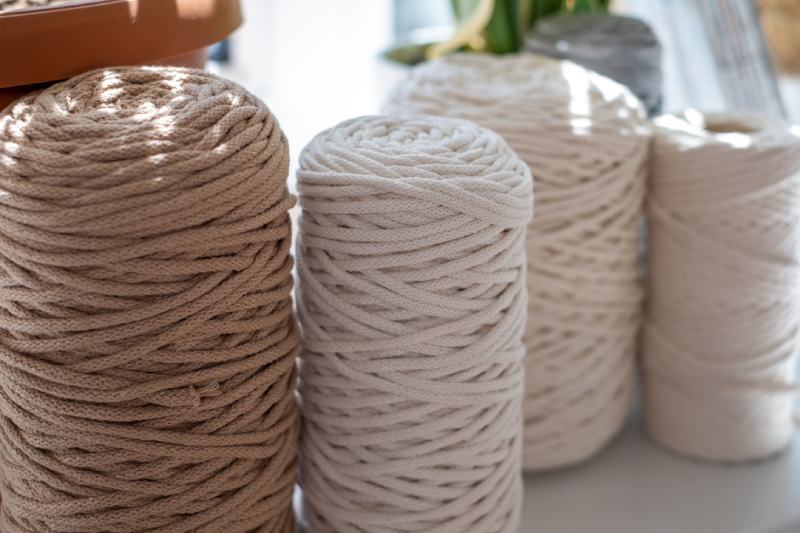
| Natural color | Available in various shades |
| Material | Natural cotton and polyester polymer |
| Ideal uses | Light to medium tasks |
Cotton/polyester twine is a popular alternative to natural fibers. It is made of synthetic polyester fibers that are tightly twisted around a core of cotton thread. This type of twine is particularly advantageous because it is inexpensive and durable. It won’t fray or break easily, and its synthetic composition makes it highly resistant to mold, mildew, and UV radiation. Furthermore, it is highly resistant to abrasion, which makes it suitable for many purposes, including bundling and sewing.
It is best used for light to medium-duty tasks, as it does not possess the same level of strength and durability as the fibers discussed earlier.
- Highly flexible and durable
- Relatively inexpensive
- Resistant to abrasion, mold, mildew, and UV radiation
- Not as strong compared to 100% synthetic fibers
 The 6 Factors to Consider When Buying Twine
The 6 Factors to Consider When Buying Twine
When it comes to choosing the right twine for your project, there are several factors to consider. These include:
1. Tensile Strength
This is affected by the number of strands or plies used, type of twist, weight, and size of the twine. Some types of twine have very low tensile strength, which means they may break easily. On the other hand, some types have high tensile strength, making them much more reliable and dependable for heavier-duty jobs.
2. Purpose
The purpose of the twine will determine the type you should choose. Twine can be used for different tasks such as tying, wrapping, securing, knotting, and more. Therefore, it is important to think about how you plan to use the twine before making a purchase.
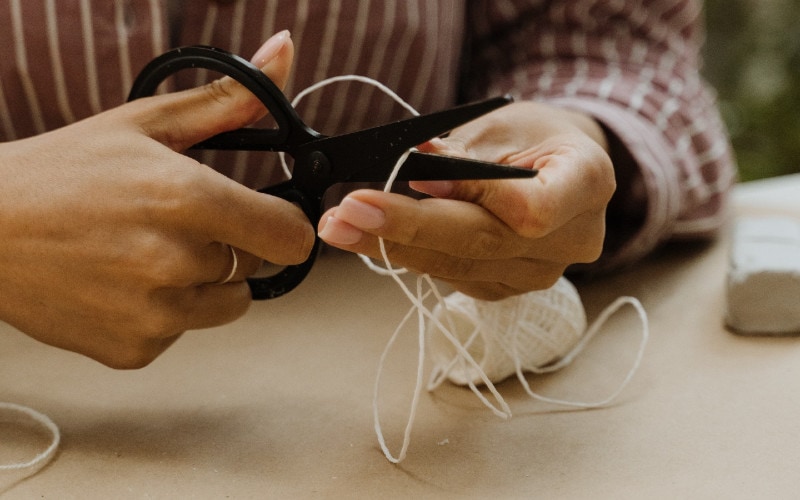
3. Material
Twine is typically made from either natural fibers or synthetic fibers. Natural fibers such as cotton and jute are often used for gardening, crafts, and decoration. Synthetic fibers like polypropylene and nylon are stronger and more durable, making them ideal for outdoor use or heavier-duty projects.
4. Price
Twine can vary in price based on material, length, and thickness. Generally speaking, natural fibers tend to be more expensive than synthetic fibers. However, if you are looking for a stronger twine that will last longer, synthetic fibers may be a better option despite the higher price tag.
5. Color
Depending on what you plan to use the twine for, you may want to consider the color. For decorative purposes or craft projects, bright colors are always an option. But if you need a more neutral twine for practical purposes, plain white or brown are popular choices.
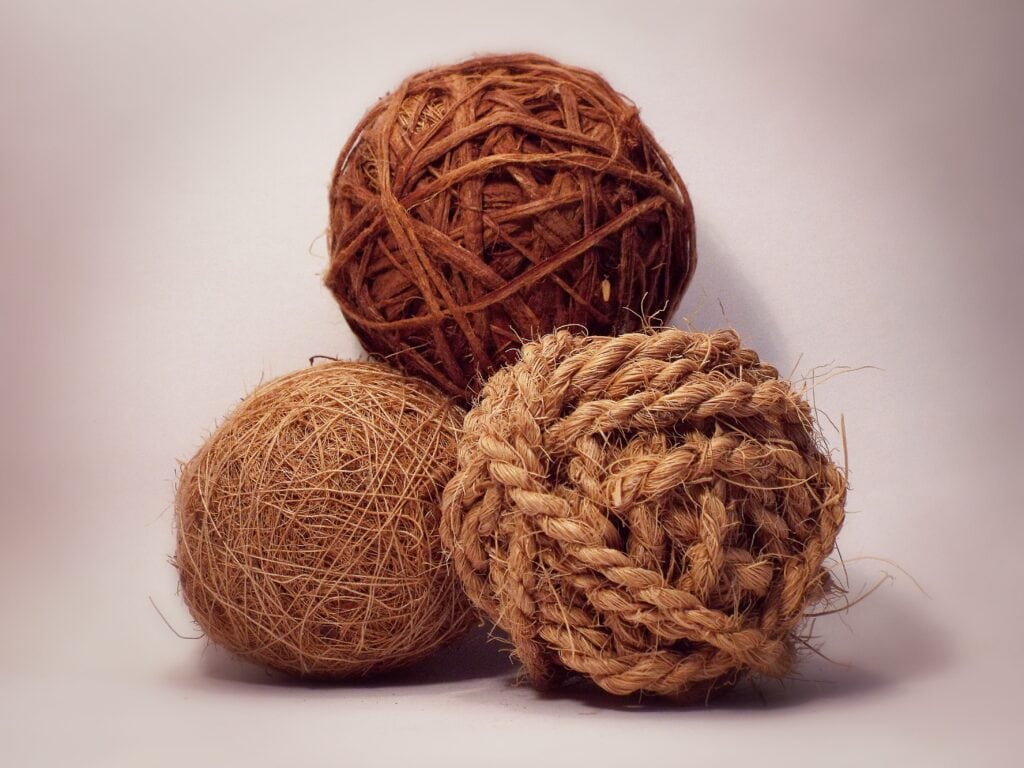
6. Length
You also want to make sure you get the right amount of twine for your project. If you need long lengths of twine, buying in bulk can help you save money in the long run. But if you only need a small amount of twine, then buying in smaller lengths can be more economical.
Conclusion
Twine is an incredibly versatile and useful material that can be used for a variety of tasks around the home, garden, or farm. Whether you are looking for a natural fiber twine like hemp or jute, or a synthetic fiber twine like polypropylene, there is sure to be an option that fits your needs. Before purchasing, be sure to consider your needs for your specific project, as well as how long you will need it to last.
Taking the necessary factors into account will help ensure you select the best twine for your needs. And with the right twine, your project will be a success.
See Also:
Featured Image Credit: NetPix, Shutterstock
Contents

 The 6 Factors to Consider When Buying Twine
The 6 Factors to Consider When Buying Twine